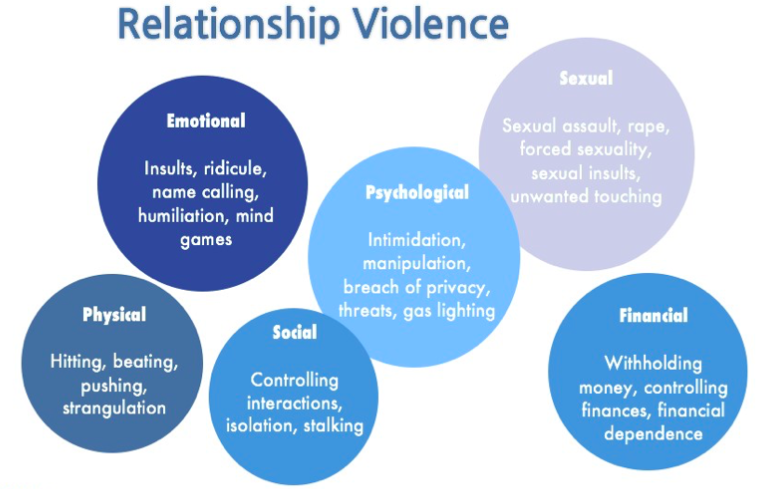Gender inequality is the major driver of violence against women.
|
The major underlying cause of violence against women is gender inequality.
Gender inequality is discrimination on the basis of sex or gender, resulting in unequal treatment, privilege and prioritisation of a sex or gender. Violence against women is preventable and we have the power to make change. We must create a society of equality for all people, regardless of gender. Together, we can make a difference. Watch this video created by Our Watch (2015) for great insight into the relationship between gender inequality and violence against women. |
(Our Watch, 2015)
|
Violence against women in a growing epidemic in Australia.
|
One woman is killed each week by their current or former partner.
1 in 3 Australian women have experienced physical violence from a current or former partner (DVV, 2015). 1 in 4 Australian women have experienced emotional abuse from a current or former partner (DVV, 2015). Check out Australia's facts and figures on domestic violence here: Domestic Violence Victoria Our Watch |
(Our Watch, 2014)
|
Gender inequality
|
Gender inequality is learned at a young age and subtly reinforced through our society. Our assigned gender at birth dictates how we are raised to behave and look. Rigid gender stereotypes creates harmful attitudes of what it means to be a 'boy' or to be a 'girl'. You can watch the following videos to see how negative gender stereotypes propel harmful attitudes and behaviours. |
(Sut Jhally, 2007)
|
Gender inequality harms everyone
|
Gender inequality in our society results in high rates of violence against women, a gender pay gap and many other measurable inequalities. However, the the harm gender inequality has on men and boys can often be overlooked.
Men are three times more likely to commit suicide in Australia than their female counterparts (Lifeline, 2016). Pressure to "be a man" and "man up" not only creates a society where violence against women kills one woman a week, it is also killing men. Contact Lifeline if you need support - 13 11 14 |
(The Representation Project, 2013)
|


